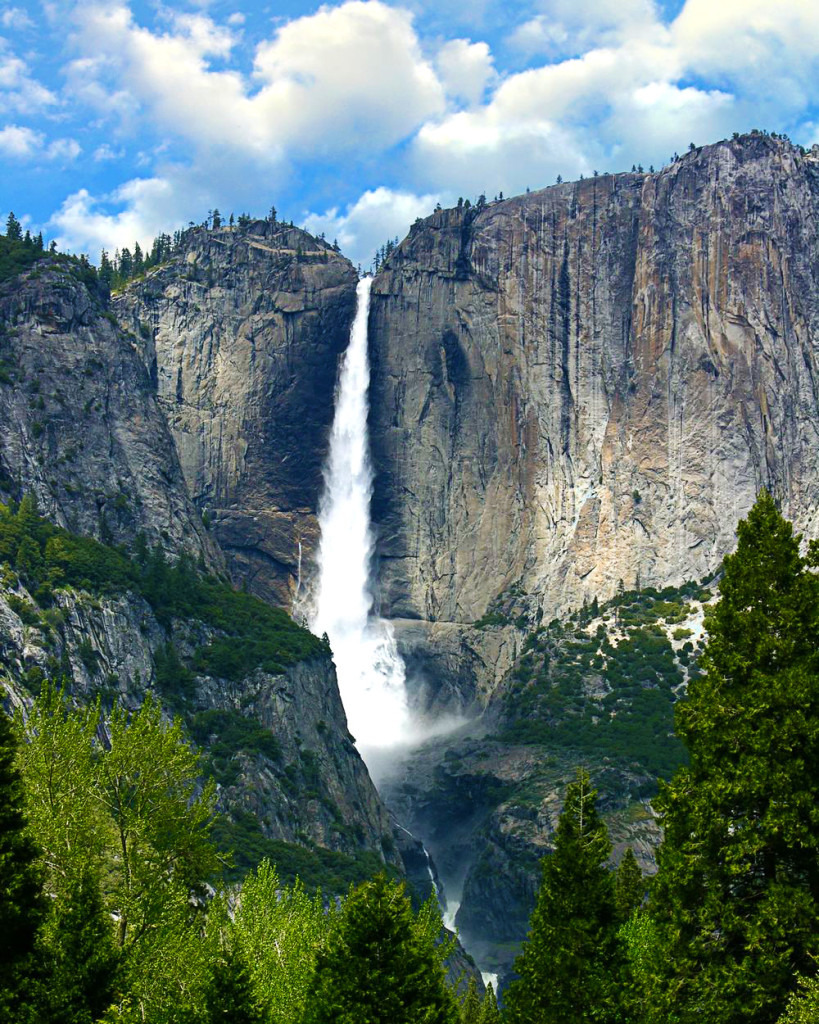
The viscosity - how easily a fluid can flow - of lava flows generally increases with silica content and decreases with a rise in temperature and water content. ‘Tephra’ is used as the catch-all term to describe all erupted clasts regardless of size, while the term ‘ash’ describes particles of less than 2 mm in size. Volcanic products are typically named according to clast (particle) size, which can range from metres down to microns in size. For those living alongside volcanoes, knowing about volcanic hazards is just one way that people can reduce their risk. There can be emotional, societal and economic benefits. Such hazards can impact areas hundreds or thousands of kilometres from the volcano, with the potential for significant health and economic impacts (BGS, 2012).Įven though volcanoes can be dangerous, there are lots of reasons why people live alongside them. Volcanic activity also produces hazards that can affect areas far from the volcano, such as tephra or ash falls, releases of gas and tsunamis. Several hazards may affect the area around the volcano, such as lava flows, pyroclastic flows, lahars, jökulhlaups and landslides or debris avalanches. What are we doing about climate change?Ī volcanic hazard refers to any potentially dangerous volcanic process that puts human lives, livelihoods or infrastructure at risk of harm.Understanding carbon capture and storage.

What causes the Earth’s climate to change?.NGR hydrocarbons (well samples) database.Palaeontology and biostratigraphy collections.Donations and loans of materials collections.Engineering and Geotechnical Capability.Integrated resource management in Eastern Africa.Rock Volume Characterisation Laboratory Cluster.Fluid and Rock Processes Laboratory Cluster.Equality, diversity and inclusion at the BGS.Environmental policy and sustainability strategy.


 0 kommentar(er)
0 kommentar(er)
